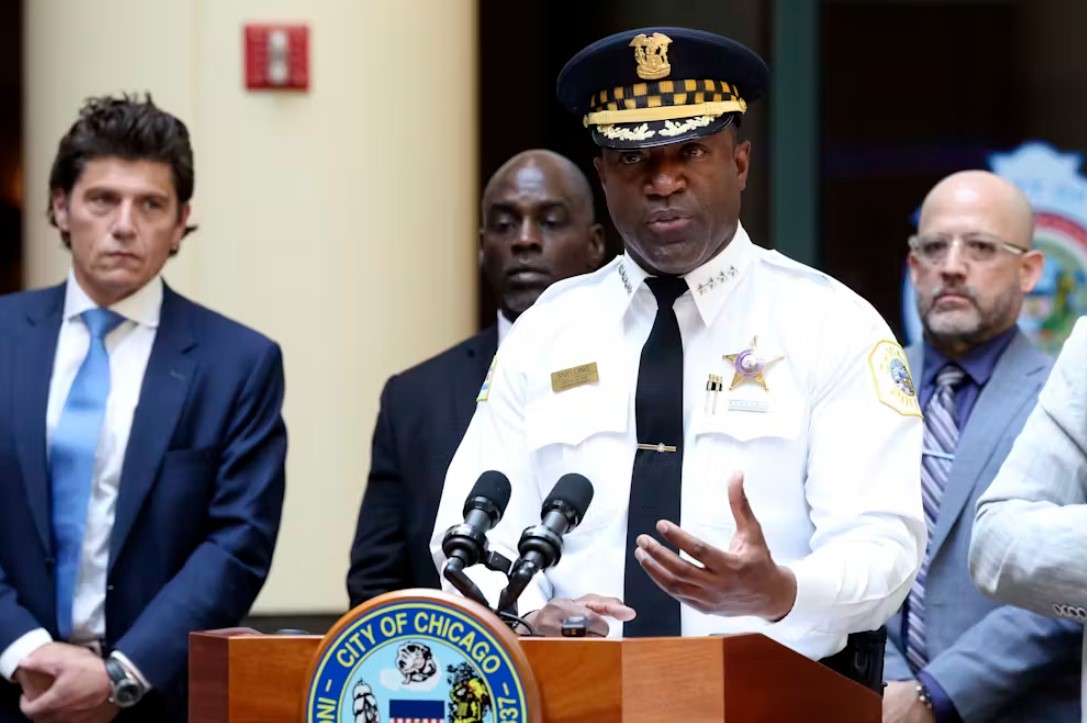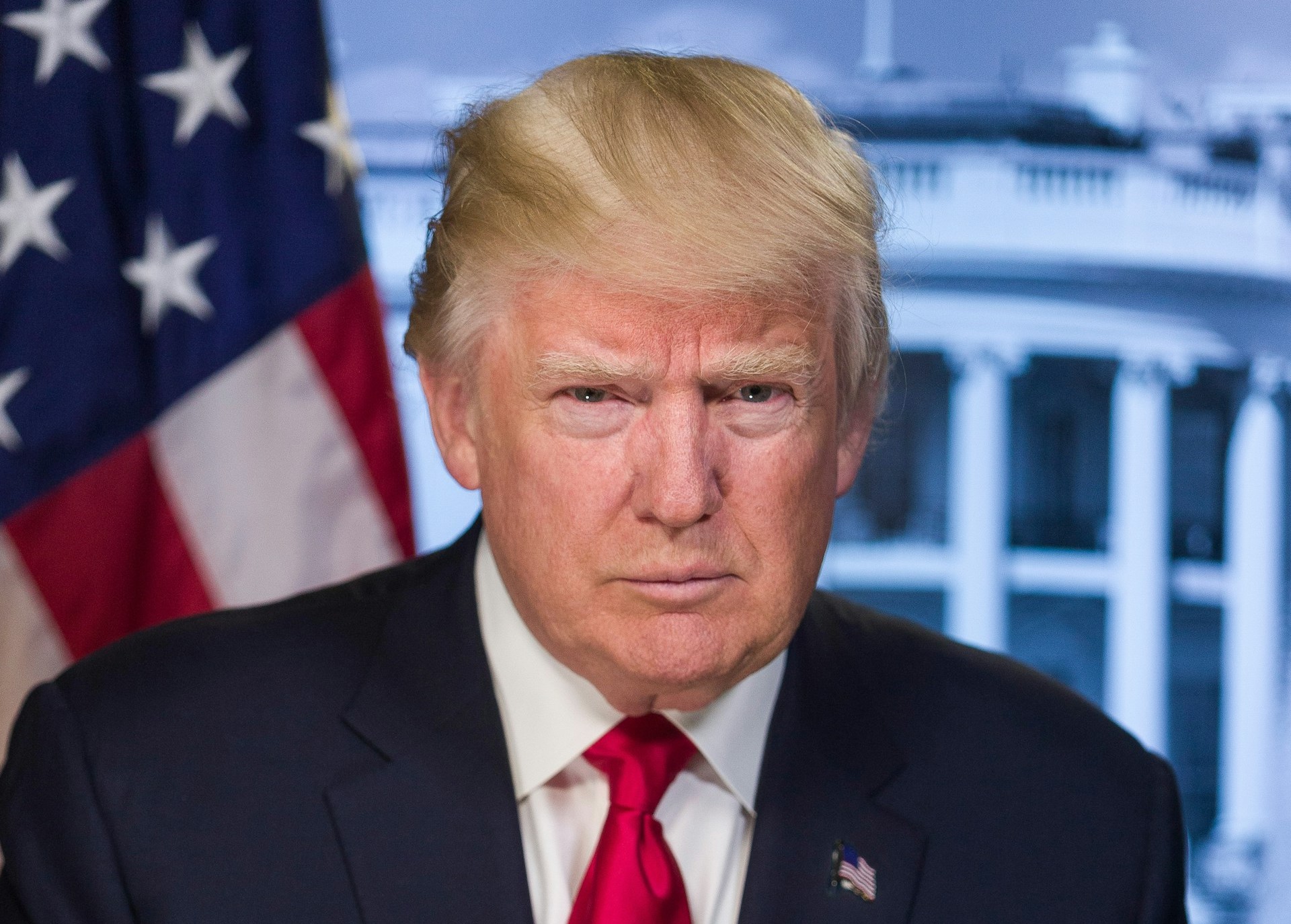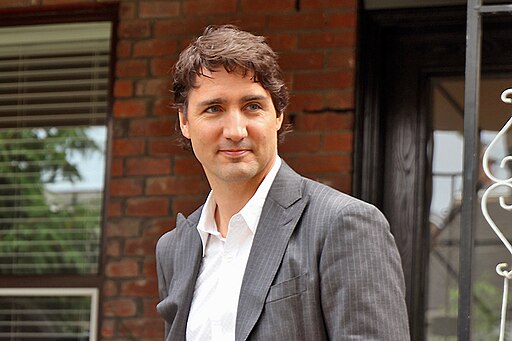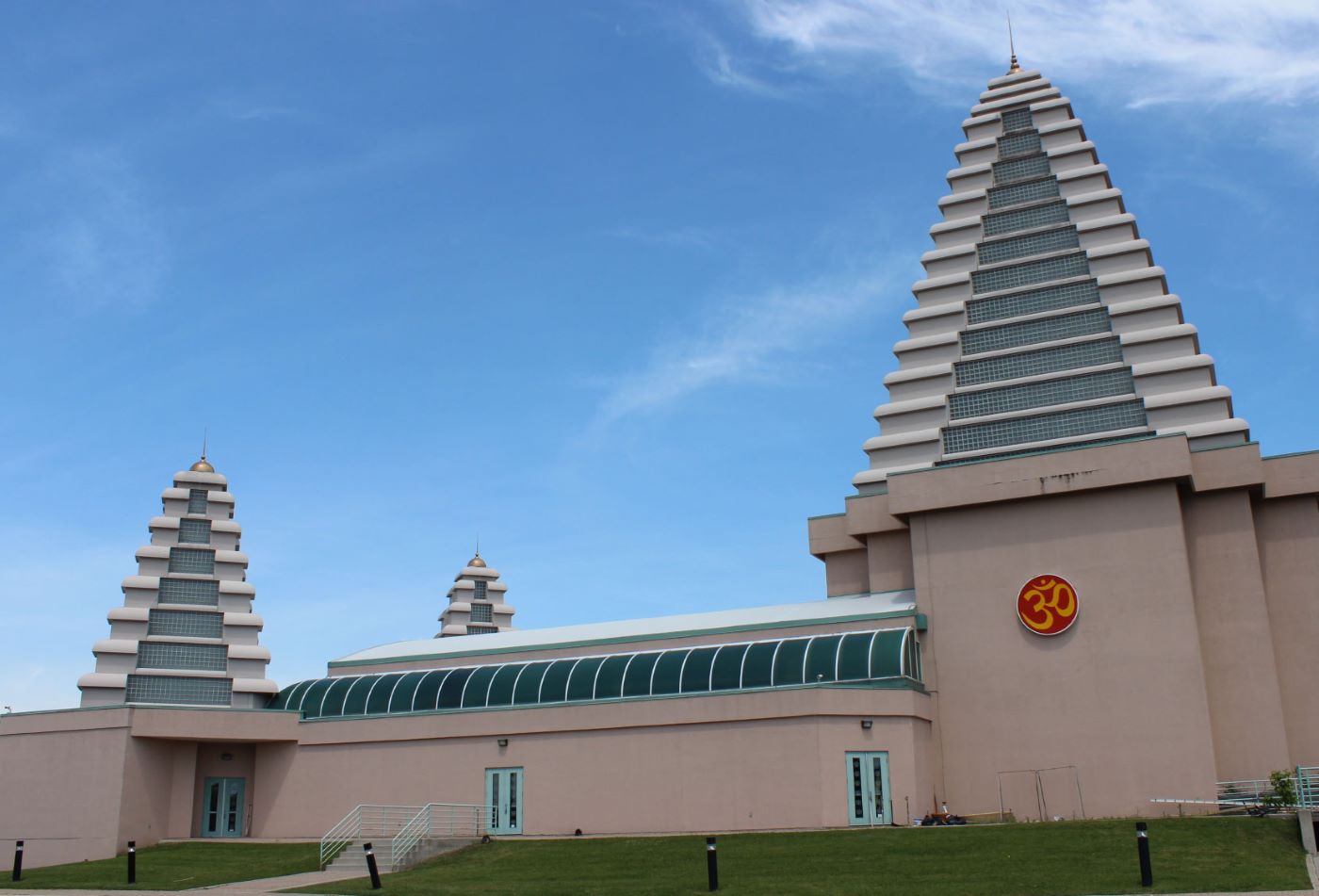
In Chicago, security at the Democratic National Convention aims to avoid a repetition of the 1968 violence
As Chicago hosts the 2024 Democratic National Convention, the eyes of the world will be on the city. In the best-case scenario for the Democratic Party, the political convention will not be overtaken by divisive issues inside the convention hall or outside on the streets.
Given the recent political violence with the attempted assassination of Donald Trump — and the fast-changing political landscape in America with President Joe Biden’s withdrawal from the race — the circumstances reawaken memories of the disastrous 1968 Democratic National Convention, also held in Chicago.
In 1968, when opposition to the Vietnam War was at its apex, what happened inside the convention hall mirrored what was going on in the streets outside. In 2024, the controversy over the Israel-Hamas war threatens to inflame tensions on the streets outside the convention hall.
The challenge faced by Democratic Party leaders and public safety officials alike is to work towards avoiding a convention that reflects a breakdown of normal political and social processes.
The 1968 convention
In 1968, the presidential nomination was left wide open as incumbent President Lyndon B. Johnson chose not to seek a second term.
Two months prior to the convention, candidate Robert F. Kennedy was assassinated. Amid the convention, anti-Vietnam war activists were strident in attempting to get their peace-related policies included in the party’s platform.
After a contentious and challenging convention, the “peace plank” was defeated, and Vice President Hubert Humphrey was nominated.
Violent police clashes
Outside the convention, thousands of anti-Vietnam war protesters descended on Chicago with the intention of airing their grievances with U.S. policies both at home and abroad.
Chicago police officers violently forced protesters out of areas where they were not permitted, and police reinforcements clashed with protesters as they tried to march to the convention site.
On the evening of Aug. 28, 1968, a brutal instance of disorder took place in downtown Chicago. Known as the Battle of Michigan Avenue, approximately 5,000 protesters blocked a downtown intersection. When police waded in to clear the crowd, officers were observed to have an unnatural enthusiasm in violently arresting people.Archival footage of the 1968 Battle of Michigan Avenue.
The events of the physically violent Battle of Michigan Avenue and the rhetorically violent debate over the inclusion of the peace plank in the party’s platform were broadcast nearly simultaneously. The narrative cast by the juxtaposition of images exposed the fault lines in what was a divided and traumatized nation.
Adaptive learning
Following the 1968 riots, the city of Chicago released its own report blaming the troubles on the actions of radical protest leaders, who later faced trial as the Chicago Seven.
Other official takes on the 1968 convention-related violence took a much less charitable view of police action. Findings of a 1968 study group on the convention riots, published as Rights in Conflict or the Walker Report, concluded that what took place amounted to a police riot. The response by police during melees like the Battle of Michigan Avenue was described as unrestrained and indiscriminate.
More recently, Chicago has faced challenges in responding to mass protests. In the aftermath of the George Floyd killing, a period of unrest erupted downtown during May and June of 2020.
In an analysis of the response, a Chicago Office of Inspector General’s report found that authorities were outflanked, unequipped and unprepared to respond to the scale of the unrest.
Challenges to managing civil disorder have created adaptive learning opportunities. For example, in the lead-up to this year’s Democratic National Convention, Chicago’s policy on policing protest was revised. In that revision, points related to the preservation of constitutional protections for free speech were explicitly mentioned, and specifications were provided for arresting persons who pose a public safety threat.
The city’s Office of Emergency Management and Communications has engaged in public outreach with a web page addressing specific public safety aspects of the convention like road restriction maps and information on protocols for lawful public assembly.
Improving responses
Whether it’s from the threat of political violence, an upended political process or the potential for expressions of discontent with U.S. policy related to the Israel-Hamas war, challenges to an orderly convention exist.
To avoid a potentially disastrous outcome for the convention, two factors can contribute to a constructive outcome: remembering the past and adaptive learning.
Reflecting on the events of 1968 puts the current divisiveness and potential for chaos in a larger context. Problems that are faced in managing 2024 style civil disorder in America are intense, but not unprecedented or unique.
Adaptive learning by analyzing past episodes of civil disorder in Chicago has allowed for revisions to current policies and plans. Those revisions will lead to improved response actions for any unrest on the streets during the 2024 Democratic National Convention in Chicago.
By Associate Professor Jack L. Rozdilsky, Disaster and Emergency Management, York University
This article is republished from The Conversation Canada.





